A-B-C Blog
Mastering the Art of Containers and Packaging Strategies for Sustainable Business Growth
In an era where sustainability is no longer just a trend but a necessity, mastering the art of containers and packaging has become crucial for businesses striving for growth and environmental responsibility. The way products are packaged plays a significant role not only in attracting consumers but also in minimizing environmental impact. However, challenges persist in the selection of materials, design optimization, and the balance between functionality and sustainability. This blog delves into common problems associated with various types of containers and packaging solutions, aiming to provide insights and strategies that businesses can adopt to enhance their practices. By addressing these issues and implementing innovative approaches, companies can create more effective packaging solutions that contribute to sustainable business growth while meeting the ever-evolving demands of environmentally conscious consumers.

The Role of Eco-Friendly Packaging in Boosting Brand Loyalty: Industry Insights
As consumers increasingly prioritize sustainability, brands are recognizing the significant role that eco-friendly packaging plays in enhancing brand loyalty. According to a 2023 survey by Nielsen, 73% of millennials are willing to pay more for sustainable products, which underscores the growing demand for environmentally responsible packaging solutions. This trend is not just about meeting customer expectations; it’s a strategic move towards building long-term relationships with consumers who value ethical practices. Companies incorporating sustainable materials and reducing waste can position themselves favorably in the competitive marketplace, leading to increased customer retention.
Further emphasizing this shift, a report from Smithers Pira indicates that the global market for sustainable packaging is projected to reach $500 billion by 2027. This robust growth is driven by the rising consumer awareness around environmental issues. Brands that adopt eco-friendly packaging solutions not only demonstrate their commitment to sustainability but also align themselves with consumers' values, fostering deeper emotional connections. Through innovative use of biodegradable materials and recyclable designs, companies can enhance their brand image while reaping the benefits of increased loyalty and trust from eco-conscious customers.
Mastering the Art of Containers and Packaging Strategies for Sustainable Business Growth - The Role of Eco-Friendly Packaging in Boosting Brand Loyalty: Industry Insights
| Packaging Type | Material | Recyclability (%) | Consumer Preference (%) | Brand Loyalty Impact (%) |
|---|---|---|---|---|
| Cardboard Boxes | Recycled Paper | 90 | 76 | 85 |
| Biodegradable Bags | Corn Starch | 100 | 68 | 70 |
| Glass Containers | Glass | 100 | 82 | 90 |
| Metal Tins | Aluminum | 95 | 74 | 79 |
| Plant-Based Containers | PLA (Polylactic Acid) | 70 | 65 | 72 |
Sustainable Container Solutions: A Statistical Analysis of Cost Savings and Efficiency
In today’s competitive market, businesses are increasingly recognizing the importance of sustainable container solutions. A recent statistical analysis reveals that adopting eco-friendly packaging can lead to significant cost savings and operational efficiency. For example, companies that switched to biodegradable materials reduced their packaging waste by over 30%, lowering disposal costs and improving their environmental footprint. This emphasizes not only the necessity for sustainability in packaging but also the financial benefits that come along with it.
To embrace these sustainable practices, businesses can start by evaluating their current packaging supply chain. One effective tip is to conduct a thorough audit of existing containers and identify opportunities for replacement with sustainable alternatives. Additionally, collaborating with suppliers who prioritize eco-friendly materials can enhance both the sustainability and cost-effectiveness of packaging.
As industries continue to evolve, leveraging data analytics to measure the performance of packaging strategies is crucial. Analyzing metrics such as shipping efficiency and material sourcing can provide insights that lead to improved practices and savings.
Consumer Preferences: How 75% of Shoppers Choose Sustainable Packaging
In today's marketplace, consumer preferences are shifting dramatically toward sustainability, with a staggering 75% of shoppers now prioritizing sustainable packaging in their purchasing decisions. This significant statistic underscores the growing awareness among consumers about the environmental impact of packaging materials and the overall lifecycle of products. As eco-consciousness rises, businesses are compelled to rethink their packaging strategies to align with these values and capture the loyalty of a discerning customer base.
Embracing sustainable packaging not only meets consumer demand but also offers businesses a competitive edge. Innovative materials such as biodegradable plastics, recycled paper, and plant-based alternatives are becoming increasingly accessible. By investing in these materials, companies demonstrate their commitment to environmental stewardship and attract eco-aware consumers. Furthermore, companies that proactively adopt sustainable packaging can differentiate their brand, enhance their reputation, and even reduce costs associated with waste management and materials sourcing. In this evolving landscape, businesses that master the art of sustainable containers and packaging are positioned not just for growth but for long-lasting success.

The Impact of Packaging Innovation on Supply Chain Sustainability: Key Metrics
The packaging industry has witnessed significant growth, driven by innovations aimed at enhancing supply chain sustainability. By 2032, the global packaging automation market is expected to escalate from approximately $782.7 billion in 2025 to an impressive $1.3465 trillion, reflecting a compounded annual growth rate (CAGR) of 8.06%. This robust growth signals the increasing importance of efficient packaging solutions in modern supply chains, particularly as businesses strive for sustainable practices.
Materials used for packaging play a crucial role in sustainability metrics. The market for industrial packaging is further segmented by materials such as plastic, paper and cardboard, and metal, indicating a diverse approach to eco-friendly options. With innovations in biodegradable materials and recycling processes, companies can significantly reduce their environmental footprint. As industries continue to prioritize sustainable practices, the choice of packaging materials will be critical to achieving their sustainability benchmarks and optimizing operational efficiency.
Impact of Packaging Innovation on Supply Chain Sustainability
Leveraging Digital Tools for Enhanced Packaging Strategies in a Circular Economy
As businesses strive for sustainable growth, leveraging digital tools in packaging strategies can significantly contribute to the circular economy. According to a report by Smithers Pira, the global sustainable packaging market is projected to reach $500 billion by 2024, demonstrating an increasing demand for innovative and eco-friendly solutions. Digital tools such as advanced analytics, Internet of Things (IoT) technologies, and blockchain can optimize the supply chain and minimize waste, paving the way for a more sustainable approach to packaging.
Implementing these technologies allows companies to track their materials’ lifecycle, enhancing transparency and ensuring compliance with sustainability goals. A study by McKinsey highlights that companies integrating digital tools into their operations can achieve up to a 30% reduction in waste during production and distribution processes. By employing these strategies, businesses not only improve their environmental footprint but also gain a competitive edge in a growing market that prioritizes sustainability, aligning with consumer preferences for eco-conscious brands.

Related Posts
-
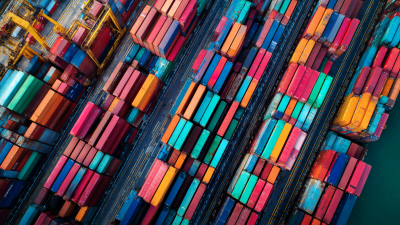
Understanding the Challenges with Best Container Packaging Solutions
-
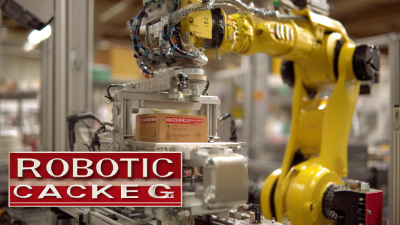
Unveiling the Best Robotic Case Packer with Impressive Specs and 5 Key Features
-
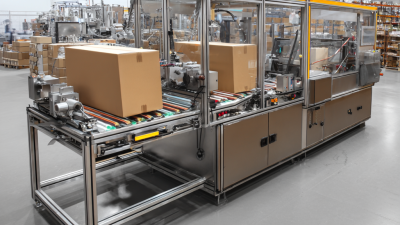
Innovative Applications of Best Bottom Case Sealer in Global Packaging Solutions
-
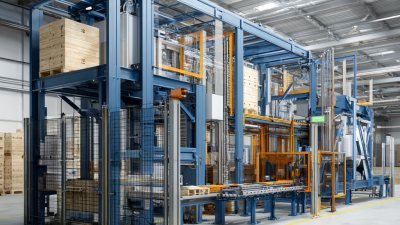
Exploring the Versatile Applications of the Best Depalletizer Machine in Various Industries
-
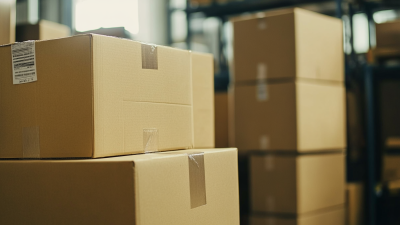
Advantages of Using Box Taping Machines for Efficient Packaging Solutions
-
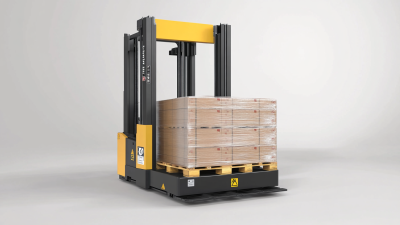
Maximizing Efficiency: The Ultimate Guide to Choosing the Right Pallet Dispenser for Your Business






